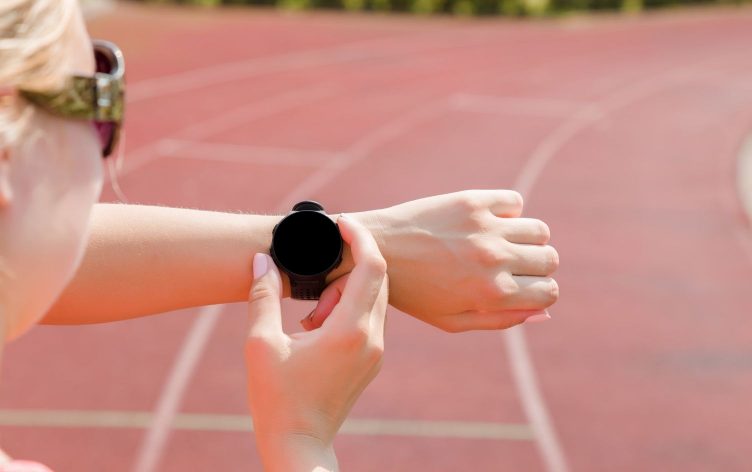
While a regular walking routine has shown to improve fitness levels, there’s no one right way to do it. Some people choose to walk for a certain length of time while others track distance or step count. For many, hoping to get faster is a big goal, since you can cover more mileage in the same time period and research shows brisk walking is tied to longevity.
Regardless of your goal, if you want to get into better shape by walking, consider tracking your progress in a way that may help you fully appreciate the gains you’re making. One way to do this is by using the Rockport 1-mile walking test.
WHAT IS THE ROCKPORT MILE TEST?
The walking test, which was created by researchers in the 1980s, helps you determine your VO2 max, which is the technical term for the maximum amount of oxygen your body can use while you’re doing intense aerobic exercise.
“This is one of the simplest and safest ways to track improvements in VO2 max on an ongoing basis, says Jeanette DePatie, a certified fitness trainer. “As fitness levels improve, VO2 max also improves.”
One benefit of the Rockport test is people in good health may take it on their own, without seeing a doctor or a personal trainer. If you’ve been inactive and are just starting a walking regimen, check with a health professional before doing the Rockport test, says DePatie. Similarly, “those with known health issues like COPD, heart disease [or] diabetes should have a professional along to administer this test initially or clear it with a doctor first,” she adds.
HOW TO TAKE THE TEST
To take the Rockport test, wear appropriate walking gear, bring a stopwatch and heart-rate monitor and visit a track, whether it’s at your gym or behind the local high school. On a standard, 400-meter track, four laps equals 1 mile. Once you’ve warmed up and are ready to go, start your stopwatch and begin walking as quickly as you can without going faster than a walk (don’t jog or race-walk). Continue walking as fast as you can for the entire mile, then note how long it took you to walk that distance.
As soon as you’re done, measure your heart rate. If you wear a heart-rate monitor during the test, you can note your heart rate when you finish. Alternatively, measure your pulse for 15 seconds, then multiply that number by 4, so you’ll have your heart rate — the total number of beats per minute.
You need these numbers, because the Rockport test uses your walking time and your heart rate, along with your weight, age and gender to calculate your VO2 max. You can then use an online calculator to plug in all of your numbers and determine your score
WHAT THE TEST RATINGS MEAN AND HOW TO IMPROVE
Rockport test scores come with a rating, ranging from “very poor” to “superior.” Elite athletes are likely to be “superior.” People who exercise regularly may fall into the “good” or “excellent” category, while those who haven’t exercised in a while may be “poor” or “fair.”
Once you know your baseline Rockport test score, you may wish to improve your numbers. “If you exercise consistently, over time your aerobic fitness will improve, and you’ll get faster,” says Len Lopez, author of “The 10 Biggest Workout Mistakes.”
READ MORE > 5 MOTIVATING WAYS TO MEASURE WEIGHT-LOSS SUCCESS
THE BOTTOM LINE
There’s no benefit to taking the Rockport test daily or weekly, since time needs to pass for you to notice a difference in your score. “Once a month, or even better, once per quarter, is a great way to keep tabs on how much your fitness levels are improving,” says DePatie. “Focus on small improvements, rather than just the [ratings] chart. If your [rating] result is ‘poor’ and 3 months later, your [rating] result is still ‘poor,’ you may want to give up. However, if you see your score trending up consistently, then this is great news.”
As your score improves, you should also notice your walking speed improves. You may progress from walking 2.5 miles per hour the first time that you take the test to 2.7 miles an hour a few weeks later. If you keep at it, your score may gradually rise to 3.4, 3.7, then 4 miles an hour over time, Lopez says, “which means you have gradually built your aerobic conditioning.”
You should also check in with yourself to see how you’re feeling otherwise — do you have more energy? How do your clothes feel? These are great ways to track progress, too. “Celebrate your wins along the way,” says DePatie.
Originally published February 2020
Ready to take the next step? Unlock MyFitnessPal Premium to access custom goal settings, quick-log recipes, and guided plans from a registered dietitian. Premium users are 65% more likely to reach their weight loss goals!





